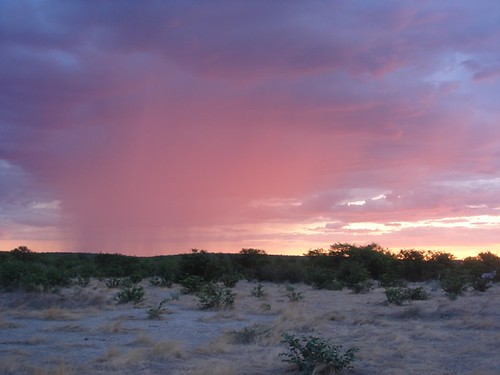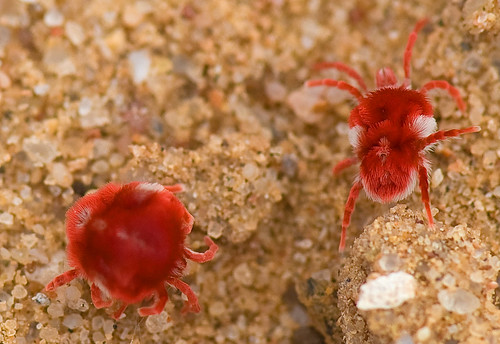
Guest post by Jason Whitehead.
Shortly after daybreak I got a call from a fellow guide on the radio to say that he had spotted a lioness on the move with her three sub adult cubs not far from where I was enjoying the view of a White Rhino. White Rhinos are incredible animals and I could sit an watch them for days, but they are a fairly common sight on the title="Welgevonden Private Game Reserve">Welgevonden Private Game Reserve situated in the northern province of South Africa. With a quick chat to my guests, we agreed to go and see of we could find her.
Welgevonden has a policy that no vehicles are permitted off road, this is to protect the environment and the many small creatures that you could easily crush by taking your 4x4 through the middle of the bush. I think this is excellent, but sometimes it can be a little frustrating when you know where an animal is but cant get to it. Today however was to be our lucky day, we did manage to find her and her cubs, but they were moving very quickly away from us through the bush which meant that the sighting would not last long. I decided to head out and wait at a road that she was heading towards about 5 minutes drive away. When we got there, there was a small herd of Zebra and Wildebeest grazing on the plain behind us, but right in the path of where I expected the lioness to to come out.
Sure enough a few minutes later, through my binoculars I spotted her in the tree line at the edge of the open plain. She too had spotted the herbivores and by her posture was obviously hungry. So in front of us we had the lioness hidden in the trees and an open area of around 100 meters to the road which we were on and then behind us about another 50 meters to the Zebra and Wildebeest. It was winter and so she did not have that much cover, so with my guests we watched her still within the trees move round to get our Land Rover right in between her and her potential prey. Then crouched very low she very slowly headed straight towards our vehicle, with her cubs hidden directly behind her in single file. If it wasn't for the fact that I knew that she was interested in what was behind us, this could have been rather frightening as it would have looked like she was hunting us! Even so we still had to be careful as a lion in hunting mode should not be taken lightly, and made sure my guest did not offer an easier alternative to a much more powerful and fast running Zebra.
Sure enough after about half an hour they got to our vehicle and then slowly moved around it, it was a fantastic sight to see such wonderful animals so close up. Now that they were behind us she and her cubs only had the tall grass as cover, but were now only 50 meters from their quarry. Then something very interesting happened, she stopped moving and her 3 cubs came around in-front of her and continued to stalk towards their prey whilst she just lay there watching. When the three cubs got to within 40 meters of the completely oblivious herd of Zebra and Wildebeest, one of them broke cover and just got up and ran towards them. With no chance of catching the herd, the cub had totally spoilt a mornings work for the rest of the family. When it had finished half heatedly running after the somewhat alarmed but now safe herbivores, they returned to their mother, who when gave the cub who had transgressed a snarl and then a tremendous slap right across it's face.
Right beside us, we witnessed some incredible animal behavior and a lesson that I think that cub would never forget. It had been an excellent morning in the bush.
About the Author
Jason Whitehead was born and grew up in Zimbabwe. Passionate about wildlife, travel and a keen wildlife and bird photographer, he is a qualified Field Guide (safari guide) and has worked on safari lodges in South Africa. He owns and runs the Safari Holiday Guide and the Best Binoculars & Binocular Reviews websites that now keep him behind a desk most of the time, but is always looking for an excuse to get back into the bush.
Would you like to post a story on this blog. Please feel free to contact me at frantic.naturalist [you know what comes here, skipped for spam] gmail.com

